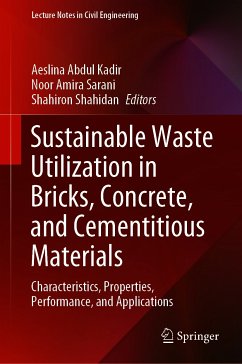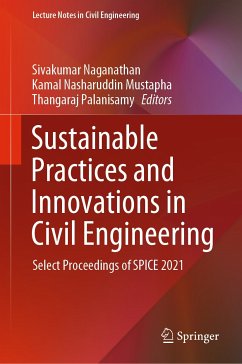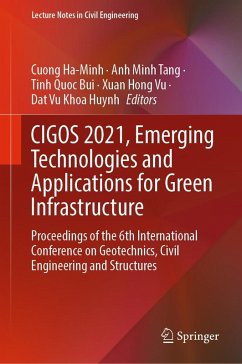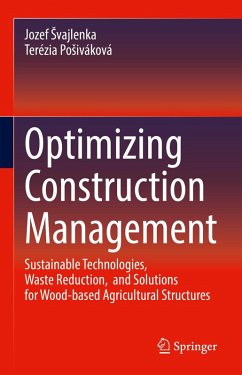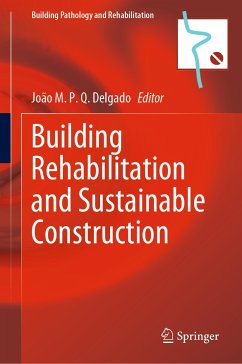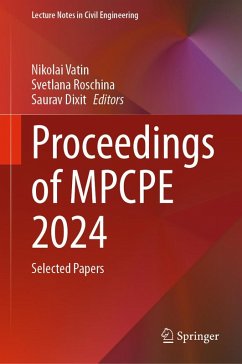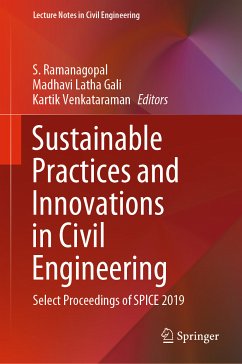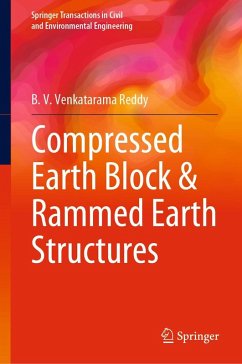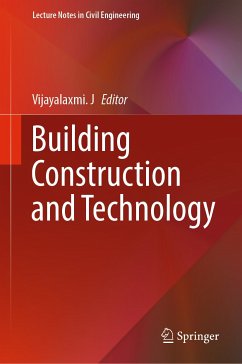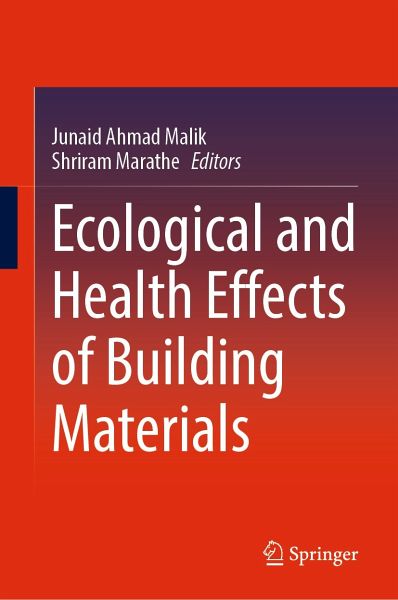
Ecological and Health Effects of Building Materials (eBook, PDF)
Versandkostenfrei!
Sofort per Download lieferbar
136,95 €
inkl. MwSt.
Weitere Ausgaben:

PAYBACK Punkte
68 °P sammeln!
This book deals with the present adverse effects of using precarious building materials on the ecology and human health. Also, the detailed discussions on the novel and greener construction materials and their utilization as an alternative to the conventional harmful existing methods and materials are also presented in the subsequent chapters. This book helps to fill the research gaps in the existing prior-art knowledge in the field of sustainable construction and green building materials and methods giving due importance to ecology and health, specifically to the fields of sustainable structu...
This book deals with the present adverse effects of using precarious building materials on the ecology and human health. Also, the detailed discussions on the novel and greener construction materials and their utilization as an alternative to the conventional harmful existing methods and materials are also presented in the subsequent chapters. This book helps to fill the research gaps in the existing prior-art knowledge in the field of sustainable construction and green building materials and methods giving due importance to ecology and health, specifically to the fields of sustainable structural engineering, sustainable geotechnical engineering, sustainable road engineering, etc.
This book helps in achieving a sustainable environment through possible adoption of innovative and ecological construction practices. Hence, this book acts as a practical workbook, mainly for the academicians and practicing engineers who are willing to work toward the consecrated building industry.
It is a well-established fact that the constructions of the engineering structures consume more and more earth resources than any other human activities in the world. In addition, the construction-related activities will produce several million tons of greenhouse gases, toxic emissions, water pollutants, and solid wastes. This creates a huge impact on environment and causes severe health issues on humans and animals. It is thus important to create an eco-friendly construction environment which can satisfy the ecological and health requirements.
This book helps in achieving a sustainable environment through possible adoption of innovative and ecological construction practices. Hence, this book acts as a practical workbook, mainly for the academicians and practicing engineers who are willing to work toward the consecrated building industry.
It is a well-established fact that the constructions of the engineering structures consume more and more earth resources than any other human activities in the world. In addition, the construction-related activities will produce several million tons of greenhouse gases, toxic emissions, water pollutants, and solid wastes. This creates a huge impact on environment and causes severe health issues on humans and animals. It is thus important to create an eco-friendly construction environment which can satisfy the ecological and health requirements.
Dieser Download kann aus rechtlichen Gründen nur mit Rechnungsadresse in A, B, BG, CY, CZ, D, DK, EW, E, FIN, F, GR, HR, H, IRL, I, LT, L, LR, M, NL, PL, P, R, S, SLO, SK ausgeliefert werden.




